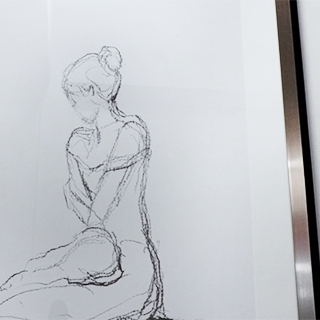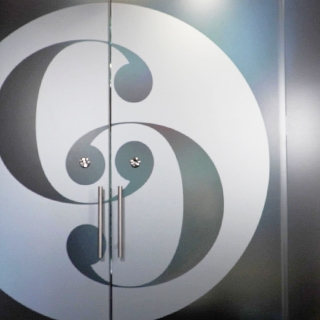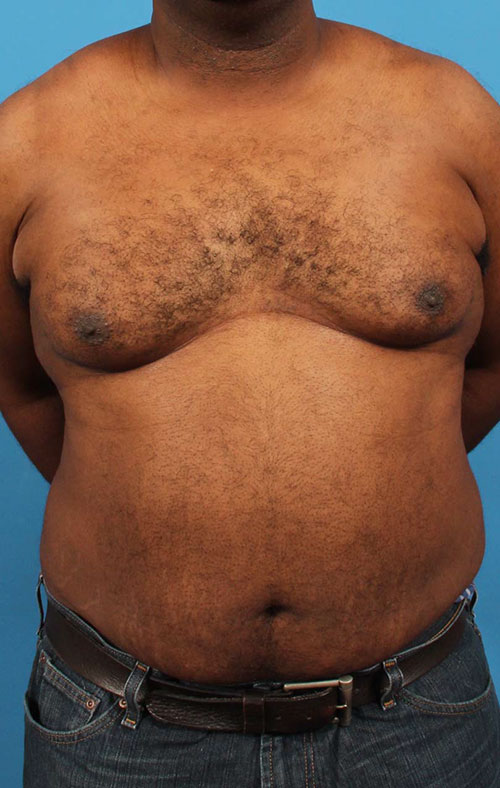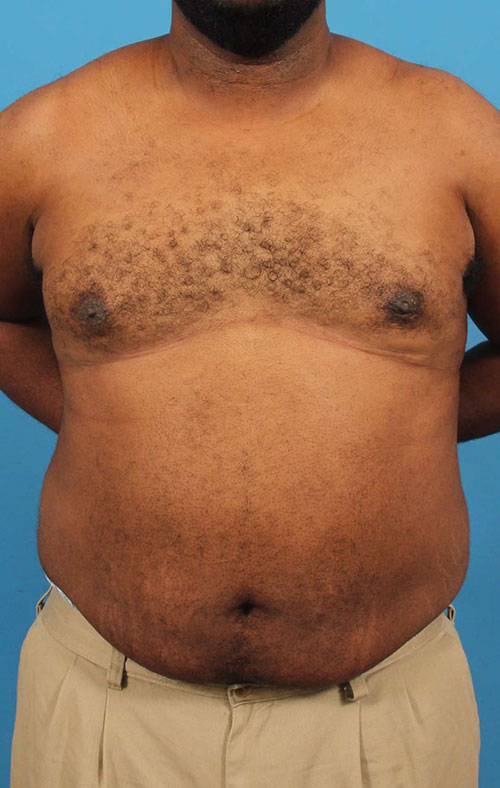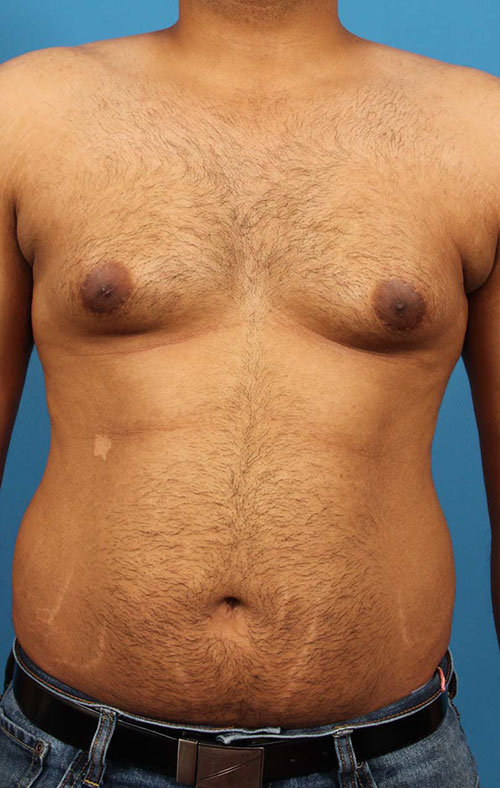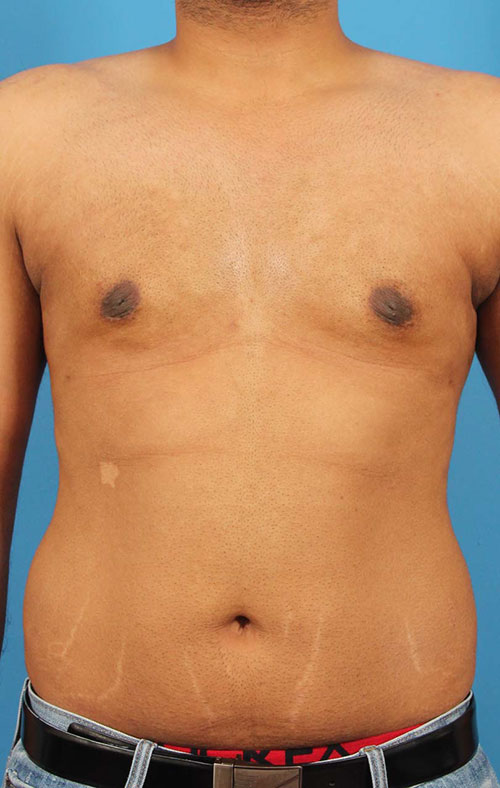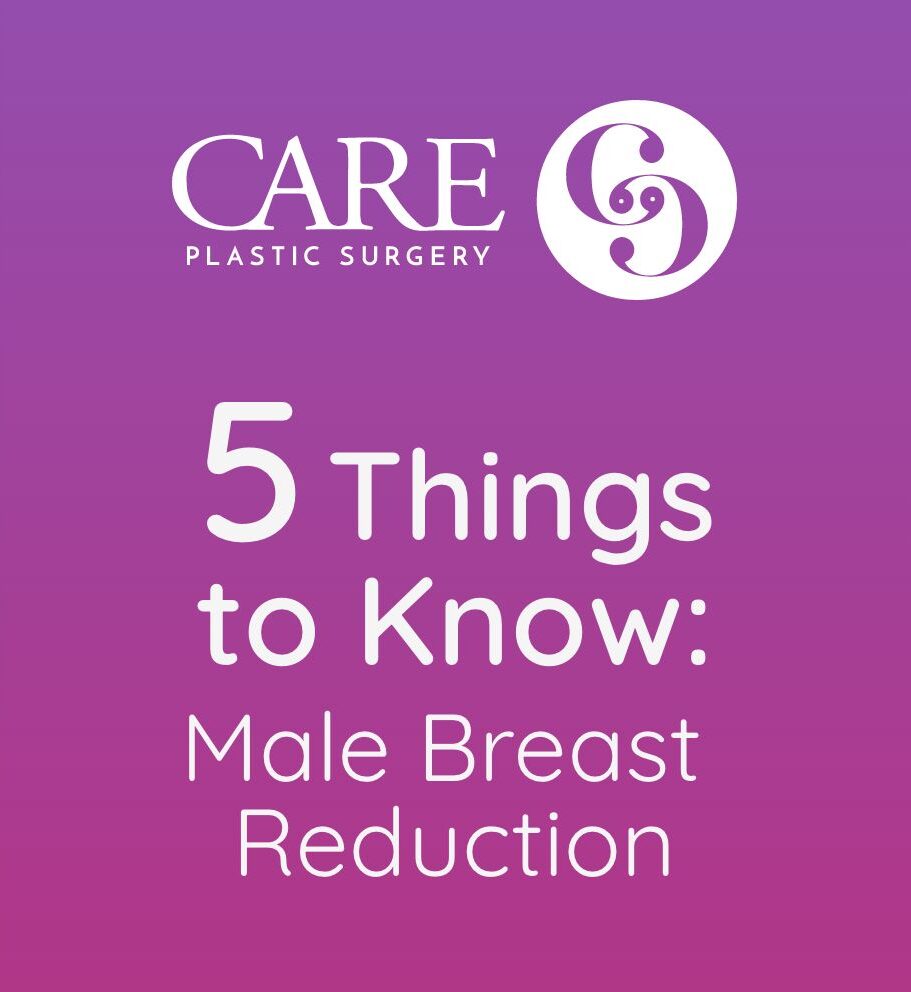Male breast reduction, also referred to as gynecomastia repair, is a popular cosmetic procedure. Many men have enlarged breasts which are a source of embarrassment, restricting clothing choices and activities where it is common to go without a shirt. The condition occurs mainly in the teenage years and later in life. The teen version is usually caused by hormones, hereditary conditions, marijuana use, or obesity. A young male with gynecomastia should be screened by their pediatrician for a hormonal abnormality. Teenage gynecomastia often resolves as the young man grows into adulthood. Sometimes surgery is required. Gynecomastia that has developed later in life is often associated with weight gain or the use of certain medications, like hormonal therapy for prostate cancer. Despite these etiologies, gynecomastia surgery is not covered by insurance companies.
No matter the cause, surgery for gynecomastia can be quite effective. Excess breast tissue is removed by direct excision or liposuction, leaving a more natural body contour and flatter chest. In extreme cases, as seen with massive weight loss and breasts that are B cup and larger, excess skin may be removed as well. Dr. Coan is an expert in gynecomastia repair. If you are concerned about the appearance of your chest, come see us at CARE for a consultation.
Frequently Asked Questions
Can gynecomastia be cured without surgery?
Pseudo-gynecomastia results when excess fat causes the appearance of male breasts. In these cases, breast enlargement can be reduced with improved diet and exercise habits. If the cause of the gynecomastia is gland tissue that develops, however, it is typically permanent and will require treatment. Treatments currently available include off-label medications, testosterone therapy, reducing alcohol intake, and treating underlying health conditions.
Do you lose weight after breast reduction?
Breast reduction surgery involves the removal of fat and/or breast tissue from the breasts. However, it is unlikely you will see any major decrease in your weight as it is not a weight-loss procedure.
What causes gynecomastia in males?
Gynecomastia can be attributed to several factors, including genetics, hormonal imbalances, and even certain medications.
Can gynecomastia grow back after surgery?
Gynecomastia surgery can be considered a semi-permanent cosmetic procedure, meaning the glandular tissue will not grow back. However, no cosmetic surgery is ever deemed truly “permanent”. Factors that may lead to regrowth include abuse of medications, anabolic steroids, uncontrolled hormonal imbalances, and weight fluctuations.
Does a breast reduction make you look thinner?
A breast reduction does not result in a drastic weight change. However, your appearance will change and enhance your underlying body shape. While it can make you more proportionate, it will not necessarily make you look thinner. Breast reductions can be very confidence-boosting procedures.
What is gynecomastia?
Gynecomastia is the development of abnormally enlarged breast tissue in males. While every male has breast tissue, the defining feature of gynecomastia is the amount of fatty tissue present.
Can guys develop breasts?
It is possible for guys to develop breasts. In fact, more than 50% develop some degree of breast tissue enlargement, or gynecomastia, during puberty. It is possible to develop gynecomastia in one or both breasts.
Can thyroid problems cause gynecomastia?
In addition to other factors, gynecomastia can often be caused by a hormonal imbalance. If there is an imbalance of sex hormones, estrogen and testosterone, this can lead to the clinical presentation of gynecomastia.
How long till swelling goes down after gynecomastia surgery?
Peak swelling takes place about 3-5 days after surgery and can persist throughout the first week after surgery. Swelling typically begins to resolve between 2-3 weeks after the procedure, but this is subject to vary depending on patient's activity level and fluid intake. Some patients may experience mild swelling up until 6 weeks after surgery. Oftentimes, patients find they have more swelling at the end of the day. This is a normal and expected response during recovery.
Meet Dr. Coan
Award-winning, nationally renowned, double board-certified Plastic Surgeon and a member of the distinguished Fellow of the American College of Surgeons (FACS).
A monthly medspa membership, currently by invitation only, for exclusive pricing on Botox®, fillers, skincare, laser hair removal, CoolSculpting® & skinCARE products. Learn More
Real Testimonials
I adore Dr. Coan & his whole staff. They are kind, warm, fun, & helpful. I trust Dr. Coan wholeheartedly. He is always honest with me, and would never sell or recommend a procedure that is not right for me. I love my office visits and look forward to going! Dr. Coan is my forever.
- Verified Care Plastic Surgery Patient
Good Morning I am wanting to send my biggest thank you to the entire staff at Care. Dr. Coan along with all of the ladies have been amazing… I feel so beautiful… happy… thankful… And confident thanks to your support and services… I am awake taking my meds and I just can’t stop smiling… Thank
- Verified Care Plastic Surgery Patient
Beauty of the Ages
Find out which procedures are the best fit, select your age to see recommendations!
Patient Stories
Learn about our amazing patient experience and see what you can expect from the CARE team.
I am so happy and I feel so confident!
Additional Treatments to Consider
Procedures can be combined to maximize your benefits and target multiple concerns in one treatment. Customize your procedure at CARE with the following treatment options.
New Patient Resources
Need to know more about our process? Check out a few of our blog posts below.
Gynecomastia Myths- 5 Misconceptions About Male Breast Reduction
Read
What Men Need to Know Before Having Gynecomastia Surgery
Read
Five Things to Know About Male Breast Reduction
Read


